Table of Contents
When the Nintendo Switch was released in 2017, it marked a pivotal moment in gaming history—a real landmark for the industry.
Nintendo restored its reputation for hardware innovation by introducing a hybrid between a handheld and a home console, effectively filling the gaps left by its previous product: the Wii U. Combine that with the company’s renewed focus on the ‘core gamer’ after almost a decade of ‘family-oriented’ games, and suddenly, Nintendo was cool again.
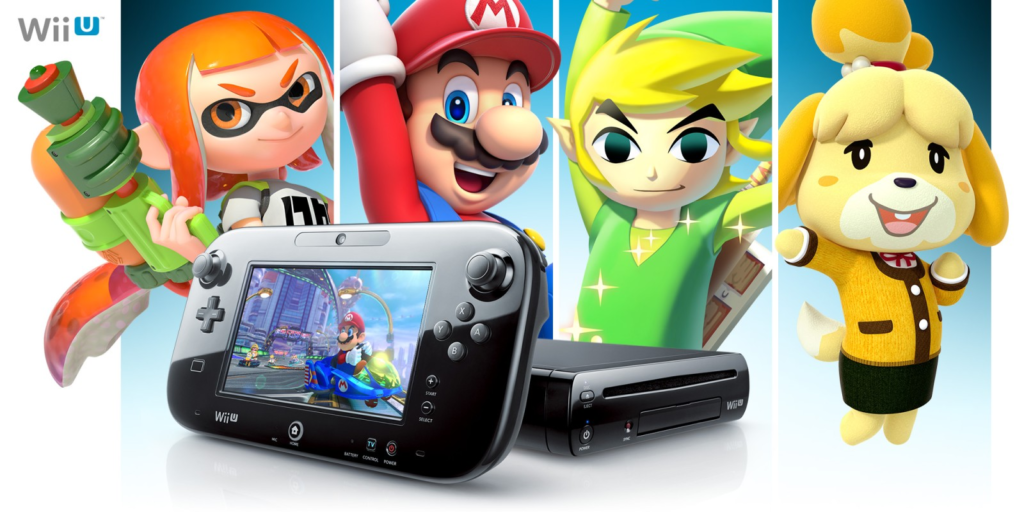
Nintendo Official Website
But its long-term legacy will forever be minted on how it revitalised and popularised handheld gaming. It made people realise that playing games on a handheld at their convenience was a much more viable option than spending a fortune upgrading their desktop, only to get abused by strangers online in 4K at 120 fps. Ultimately, it’s not the tech that matters; it’s the art.
In fact, people realised that playing some games handheld is better. Full stop. Just like watching Lawrence of Arabia is a different experience on the big screen instead of your laptop. Having some of the best games readily accessible can infinitely enhance their value when cumbersome things like sitting in front of a television screen and adjusting your distance aren’t involved.
Fast forward to 2024, and here we are: handheld gaming has become more mainstream than ever. With powerful handhelds that compete directly for market space with consoles and PCs, they attract a sizeable customer base and generate extensive news coverage from top publications. A lot of people who have been disillusioned with gaming hardware in general have seemed to fully embrace it.
There’s now a full culture (and subculture) around handheld gaming. And these devices now get the same attention as your PS5s and Xboxes. In fact, both ‘hip’ Gen-Z tech influencers and crotchety, old PC gaming snobs will agree that it’s the handheld consoles that are dictating trends right now. And the proof is in the numbers: sales for handheld devices surged to 19.3 million units in 2024 and are expected to reach 29.8 million by 2028. While the Wii U had its innovations, it didn’t capture the market as intended. However, the Nintendo Switch changed everything.
The Nintendo Switch revolution
Let’s start by considering the Nintendo Switch itself. It’s the device that kickstarted the handheld revolution. Since its launch on March 3 2017, the Switch has sold over 143.4 million consoles worldwide as of August 2024. That’s a staggering number, especially when you remember that its predecessor, the Wii U, didn’t exactly set the world on fire in terms of sales.
While it’s no longer the most powerful or innovative handheld on the market, it still remains the most popular one. Even though it’s not in its prime anymore, the sales are still exceptional.
One of the key reasons for the Switch’s success is undoubtedly the popularity of Nintendo’s first-party titles. Blockbuster series like The Legend of Zelda, Mario, and Pokémon are all exclusive to Nintendo, meaning fans can only play their favourite games on Nintendo consoles. Unsurprisingly, these exclusive games dominate the list of top-selling Switch titles worldwide, with Mario Kart 8 Deluxe sitting at the top of the pile.
The Nintendo Switch has been a positive and phenomenal success for the company and its first and third-party software. Thanks to it, you can now play mainstream AAA titles by Nintendo and other companies right in your hands any time you want. So apart from your Marios and Zeldas, you can now play a gargantuan RPG like The Witcher 3 on a car ride home. It’s been a revelation just how acceptably it can run many mainstream titles, while still being limited compared to modern consoles
But most impressively, it has become a legitimate platform and ecosystem for indie game developers to thrive. Yes, thanks to it, those weird little games about ‘Fashion Police’ and ‘80s action movies’ can be released to a mass audience.
The Nintendo Switch also led to an indie game revolution. Not only are these games available for cheap, but are often bundled together in exciting offers. Nintendo has not been shy about marketing them as a service as well, with the Switch’s ‘Indie Showcase’ frequently highlighting them.
Indie and retro game revivals are often seen as a counterpoint to the modern, cynical bloated AAA games that are slowly losing momentum. The Switch offers a great platform to showcase them and has benefited as a result. And so have a new generation of creative, independent-minded game developers who now have a legitimate platform to showcase their work.
How the Steam Deck conquered the market
As impressive as the Switch was (and still is), it was merely the gateway to what was to follow. It created the market for handhelds for a new generation, but it was when Valve’s Steam Deck launched that the game was taken to the next level.
While it was still technically impressive, the Switch is just a pale shadow of what the Steam Deck offers players overall. And we say that as people who really love and respect the Switch.
The Steam Deck takes the ideas pioneered by the Nintendo Switch and takes them to the next level.
With the Steam Deck, you can pretty much play your entire Steam library handheld. This means most modern games (on par with your PS5s and Xboxes) will run on it, along with almost all the old games in your Steam library.
Performance is mostly solid; most games pre-2015 will hit 60 fps if you want them to. Not to mention, the latest releases like Silent Hill 2 remake and Warhammer 40k Space Marine 2 are delivering playable performance (think sub-30 fps). It does not have maximum performance like the latest consoles and PCs, but then again, it is not a bad compromise when you consider you can play these games handheld.
Plus with most mainstream AAA titles being homogenized and lacking any major innovation, the appeal of playing these games at maximum performance has diminished quite a bit. Do we even need maximum performance and 4K resolution to play pantomime titles like Redfall? Does anyone care about buying a RTX 4090 to play another standard Call of Duty sequel? How much peak performance does one really need?
The stagnation of modern gaming, as well as most hardware hitting its threshold, means that things have plateaued. Earlier, you had to have the latest things. Now it feels like time is best spend on things that are important. Hence, retro gaming is on the rise, with many gamers jaded by the bloat of modern, corporatised gaming beginning to relive their halcyon days of Retro, PS2, PS3, and Xbox 360 era titles on the internet
And this is where the Steam Deck plays its ultimate hand: it supports emulation.
Scratch that—it doesn’t just support it; it perfects it.
Making emulation world-class again
The biggest impact the Steam Deck has had is how it has become the single most popular platform for emulation. That’s right. You can now play every game ever made (before the current gen of course). From obscure arcade hits from the ’80s, to unheralded PS2 JRPGs, to unlocalised masterpieces, the Deck offers options to play them all at your fingertips.
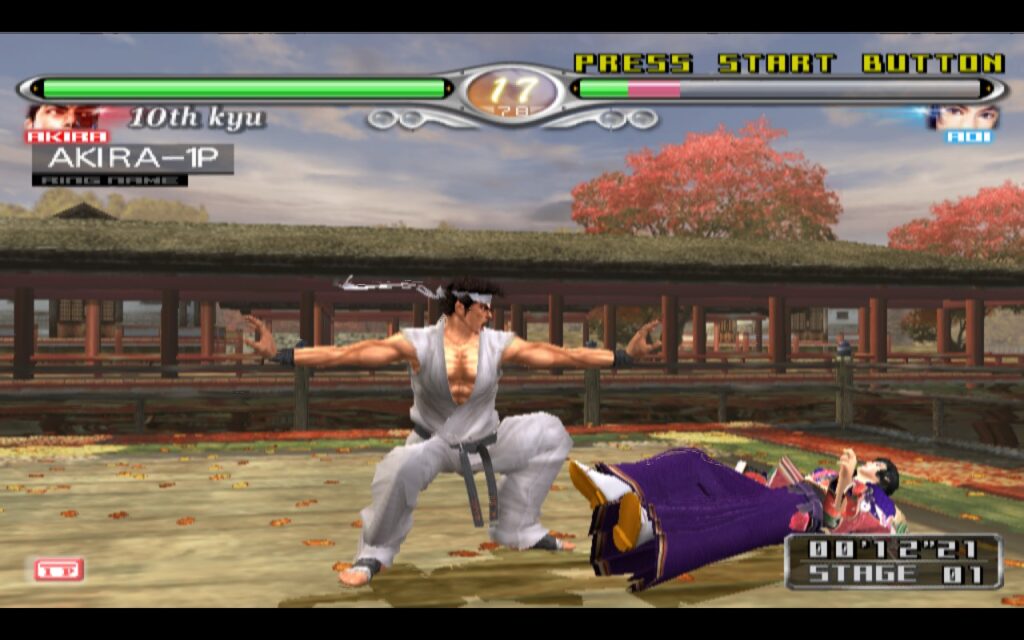
Thanks to in-built emulation support, as well as compatibility with RetroArch, Emulation Station, and all major emulation software (Dolphin, PCSX2, Cemu, RPCS3, etc.), it plays a large role in preserving these classics, lest they get lost in the current sea of constant digital information and exorbitant hardware prices. From both a gamer point-of-view and a historical perspective, this is great news.
Due to its excellent capability to adapt to EmuDeck, the most popular emulation consolidator, you don’t have to be Einstein to configure most major emulators. Oftentimes, it’s just pick up and play, and even little kids can configure it easily.
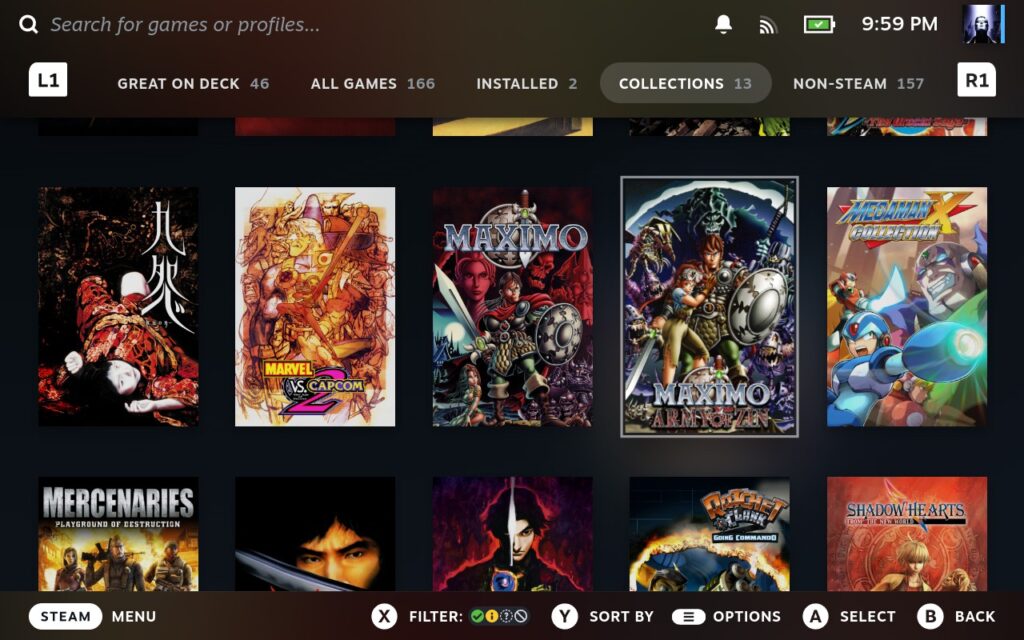
The in-built UI of emulation on the deck is also excellent. All the games have impressive thumbnail images and in-built interfaces. Which impresses you on the overall scope of the emulation support (wait, the system can scan an image for both the obscure PS2 gems like Spy Fiction?). Not only that, almost all the in-built Steam UI is excellent and offers active support to make emulation exciting and accessible.
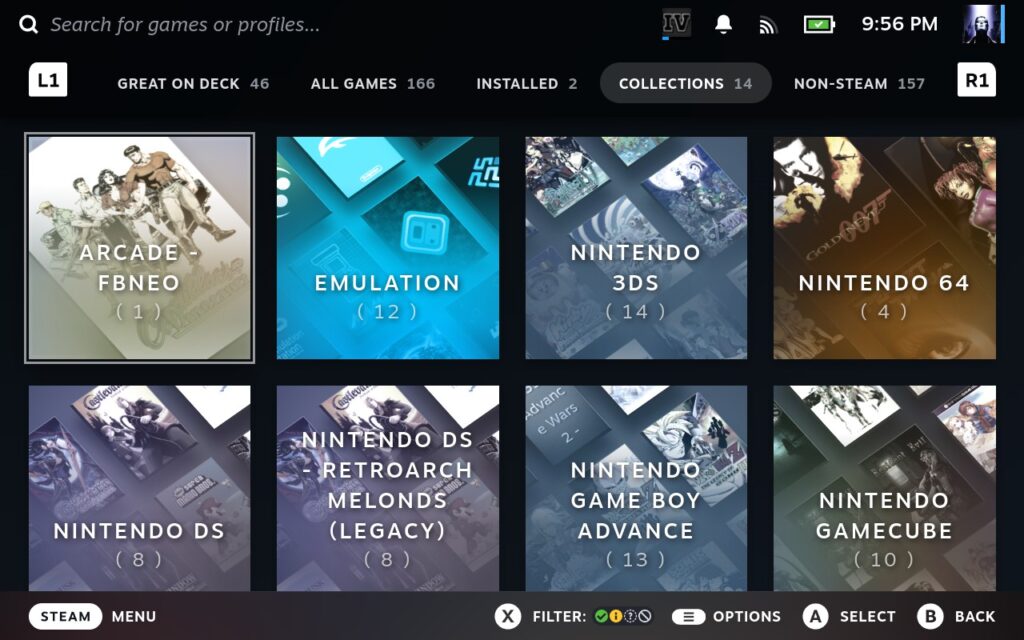
If you consider how the Deck will play almost your entire Steam library—and emulation is basically free—you realise just how value-rich the whole package is. And that is before even considering the regular sales and discounts that are offered on steam. Also, the fact that Valve refuses to iterate on the product and will only announce a follow-up when the hardware is advanced enough means that even if you buy the Deck now, it will last you a while.

The performance of the device is also consistent across both the OLED version and the regular LCD one. So you won’t feel cheated. If you feel like spending a little less, you can always buy the regular LCD version and upgrade its storage with a micro SD card.
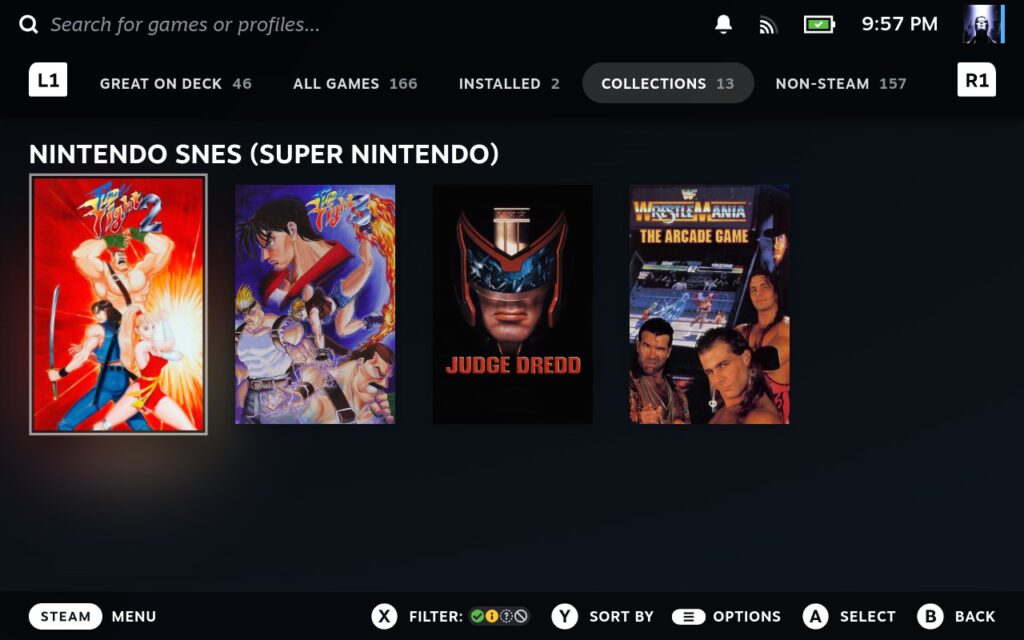
Plenty of options on the market
Now yes, it isn’t all about the Switch and the Steam Deck. There are plenty of competitors on the market. The popularity of the handheld market led to various other companies creating their own specialised product. The ASUS ROG Ally, Lenovo Legion Go, Logitech G cloud offer viable alternatives to the Steam Deck. More so, if you dislike Linux gaming, and prefer Windows OS. Each of them has its own perks and minuses. If these suit your fancy more, you can feel free to go for them instead. Once you’ve done your research, that’s it.
Retro handhelds also come in smaller, pocket-friendly options designed for students and younger gamers who prefer retro games and can’t afford to buy a high-end device just yet. Fifteen-year-olds can happily play all the Zelda and Pokémon games they want at their convenience, without breaking their parents’ bank. These are cool, alternative options to the ‘big guns’ of the handheld market and just illustrate how fast the market is growing.
Are you planning to switch to handheld gaming?
It’s no secret that the Nintendo Switch 2 is on the horizon. This makes it an absolute sure bet that Nintendo will once again usher in a new era of handheld devices. All but guaranteed to compete with the latest systems out today and boost the handheld gaming market even more. There is no doubt that these devices are set to be more popular than ever before.
Have you considered switching to handheld gaming? Or if you’re already converted, which is your device of choice? Are you a fan of emulation and game preservation? What other innovations do you think that the next generation of handhelds can bring?
We’d love to hear your thoughts in the comments section below!
If you have a story pitch, write to [email protected] and we’ll be in touch!